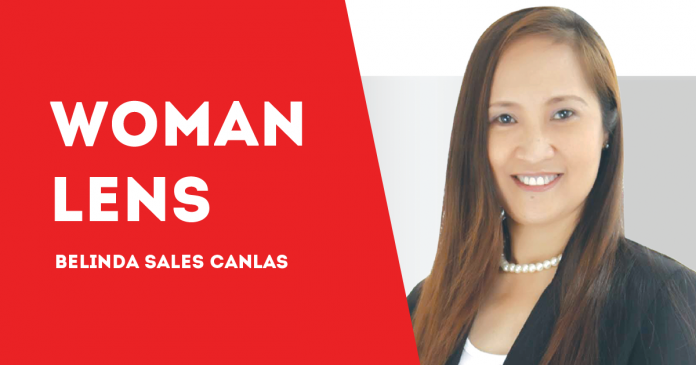
I HAD an opportunity to visit the spacious, spic and span, and airy Bohol Museum located at Kilometre 0, Carlos P. Garcia Avenue in Tagbilaran City, in early January this year. Talk about starting your year right! I did that and more!
Hosting the Bohol Museum is the Capitol building, the former seat of government of the province. I had fond memories of the Capitol. Oh yes, I do! My father was former Provincial Board Secretary then Provincial Board Member, so I used to frequent the place.
I remember enjoying the wooden stairs – I told you! I have a fetish for wooden staircases – and the polished wooden floors on the second level. The building is dos andanas – that’s how we called houses with second floors in our younger days. Usually, the second level features the quintessential wooden floors.
Back then, the innermost space of the ground floor facing the stair landing was allocated for prison cells for both men and women. So when you climb up, you can actually see the prisoners behind bars keenly watching the flurry of activities happening outside of their cells. Eventually, the prisoners were transferred to another facility.
Going back to the present, the National Museum of the Philippines opened the Bohol Area Museum and Satellite Office on June 22, 2018. The Capitol building housing the museum was declared as an Important Cultural Property on July 22, 2012 for its unique feature. Well, nearly all old buildings in the province have unique features. This one’s no different.
The building used large rough-cut blocks of coral stones. Accordingly, this is an exceptional type of building and architectural ensemble that illustrate significant stages in Philippine history.
It may be recalled that the Capitol was partially damaged when the 7.2 earthquake hit Bohol on October 15, 2013. It was eventually restored through the efforts of the Heritage Restoration and Reconstruction Program implemented by the National Museum. Kudos to you guys!
Presently, there are three galleries open for public viewing. Exhibitions on Pagbanhaw, Pagpauli, and Natural History. Pagbanhaw is a Cebuano word for Resurrection. The museum holds two exhibits for Pagbanhaw. First exhibit focuses on the history of Catholicism in Bohol; how religion is rooted in the identities of Boholanos. How Boholanos value structures related to their identity including the unique Boholano skill and ingenuity. The second exhibit displays the Restoration and Reconstruction Program after the 2013 earthquake.
Moving forward, Bohol is rich in heritage structures. These structures are protected by law. The devastation searing the psyche of Boholanos brought about by the destruction of heritage structures and sites – no thanks to the earthquake -made the locals realise the value of heritage. Of course, elder Boholanos hope for the younger generation to develop and nurture the same love and commitment to heritage.
Pagpauli is appropriately the homecoming exhibition of Napoleon Abueva’s personal collection. Most artwork pieces come from Quezon City and a few from the Abueva ancestral house in Duero, Bohol. The artistic pieces that can only come from an artist par excellence are on loan.
Napoleon Abueva, a Boholano, is acknowledged as the “Father of Modern Philippine Sculpture”. In 1976, at the young age of 46, he was awarded as National Artist for Sculpture, making him the youngest awardee at that time. Truly a wonder and pride of Bohol! He passed away on February 16, 2018, after six decades of dedicating himself to the arts. He was 88.
As a Boholano, I take pride in his accomplishments. Not everyone is exceptionally gifted. So for the uninitiated, check out his artworks at the Bohol museum and share the pride. A guided tour will help you appreciate his story and dedication to his craft.
The Bohol Museum is open Tuesdays to Sundays from 8:30 am to 5:00 pm. Admission is free. Students interested to apply for an on-the-job training to complete their graduation requirements are welcome. They can be oriented about the museum and be trained as museum guides. It’s an added point on your CVs!
The museum can be reached via nm2bohol@gmail.com or text tour guide, Neil Gerard P. Reyes at mobile No. 0917-671-1606.
***
Food for Thought
A people without the knowledge of their past history, origin, and culture is like a tree without roots. – Marcus Garvey
***
For comments, you may reach the writer at belca.87@gmail.com./PN

